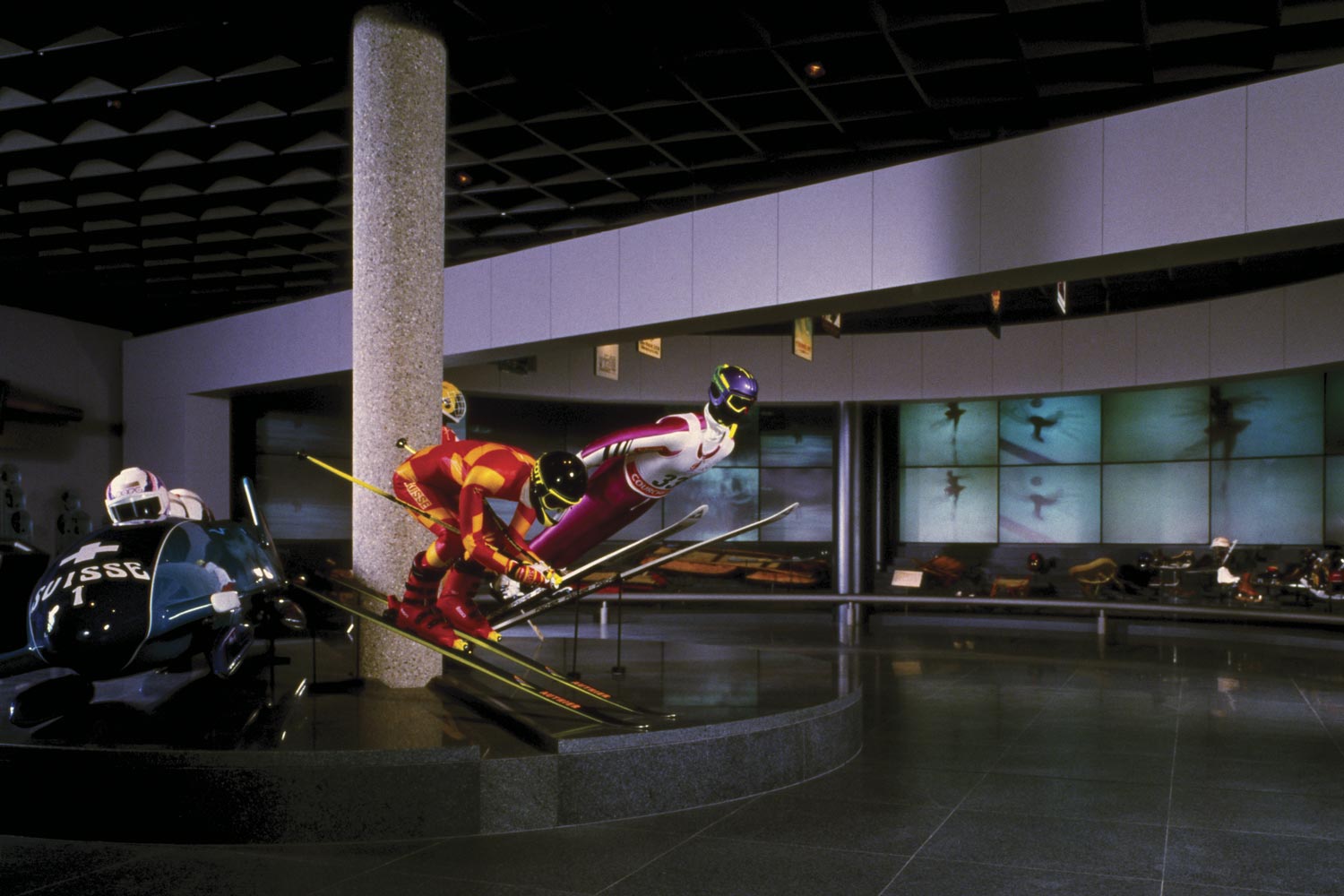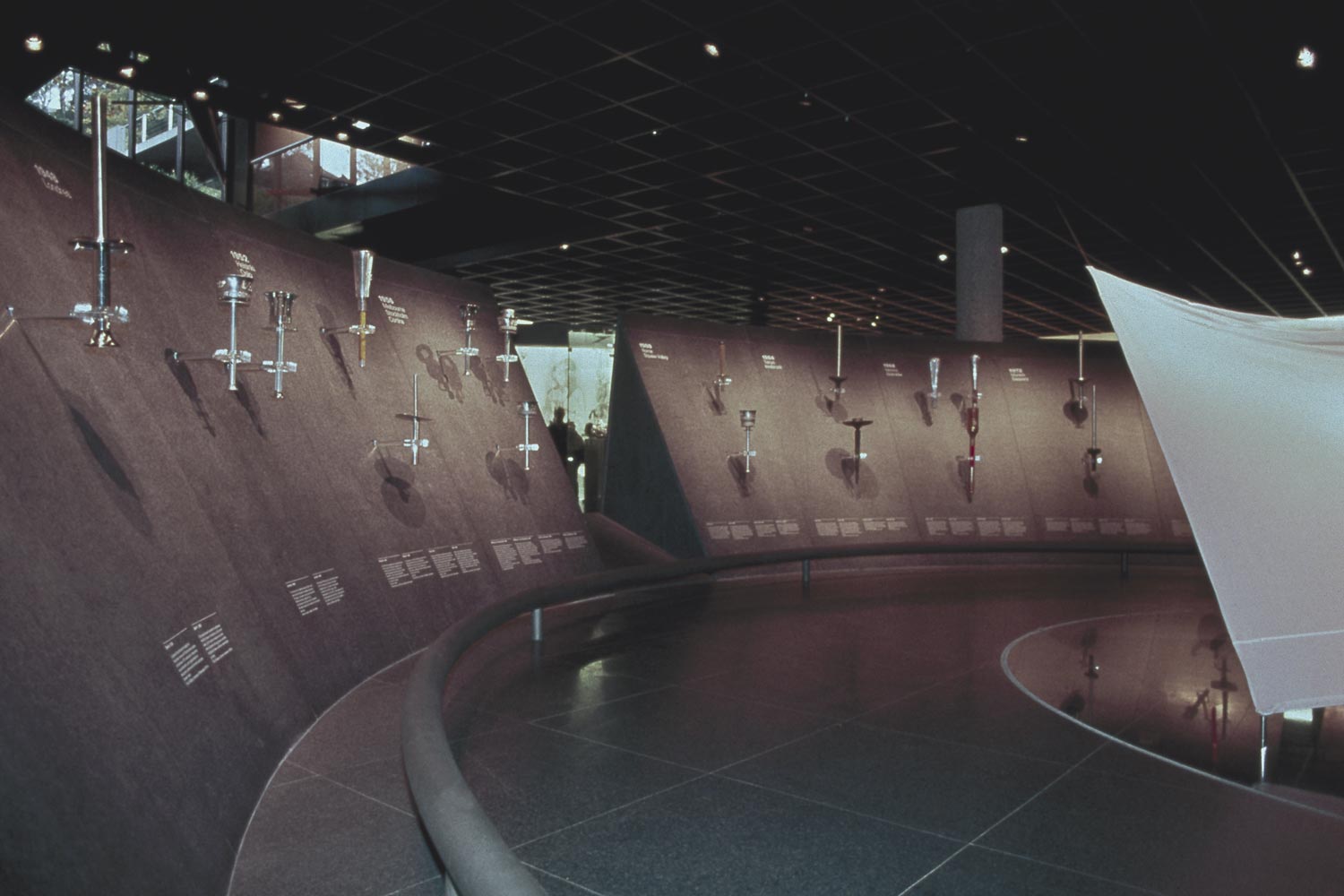International Olympic Committee | Lausanne, Switzerland
About the project
The functions of the museum are twofold: on one hand, to spread the knowledge of the origins and purposes of the Olympic movement, and on the other to conserve the material testimony and records of the same. The permanent exhibitions comprise two thematic groups, one which reviews the origin and evolution of the Olympic movement, and another that refers to the essence of the Olympic spirit and its most outstanding manifestation, the Olympic Games. The first, located in the ground floor of the museum, presents the symbols of contemporary Olympics, in which an arrangement of Olympic torches from all the games features, the history of the games in antiquity, the life and work of Pierre de Coubertain, as well as the foundation of the International Olympic Committee, its organization and functions.
The second, on the first floor, offers a synthetic vision that is dynamic and loaded with the emotion of the Olympic games, through projections of large format images, accompanied musically by works composed for these presentations. In the same space sporting implements from famous Olympic medalists are exhibited, instruments employed through time for the register and control of an athlete’s performance, awards and commemorative medals, as well as works of modern art from the museum’s collection. In a contiguous gallery collections of Olympic philately are exhibited. The exhibitions are complemented by numerous groups of interactive terminals with information referring to multiple Olympic themes.
To present this great variety of themes, objects and media in an ordered manner and with a design unity, display strategies were conceived that, without dividing the halls, define spatially the diverse units of the exhibition. The exhibition design also stands out for the efficiency of its means of communication, in which the most advanced audiovisual and interactive technologies of the time, when coupled with their spectacularity, allowed the actualization of information in every Olympic cycle. The unprecedented use of different media, such as the integration of wide cycloramas of electronic screens, opened a new world of possibilities for exhibition design.
European Museum of the Year Award 1995
Awarded by the Council of Europe.

